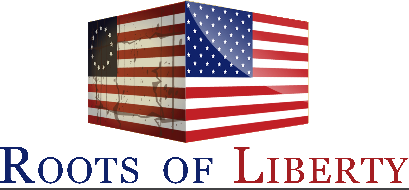The exchange of goods is one of the foundational standards that, not only drives our economy, but provides the opportunity to create and strengthen relations with foreign nations. President Theodore Roosevelt understood the significance of establishing a method to execute this belief. Under President Roosevelt and Secretary of State John Hay, the Panama Canal was created to establish a fast route from the Atlantic to Pacific Ocean. It encouraged trade between the United States and eastern hemisphere countries, which stimulated the economy and international relations. Furthermore, the canal enabled the United States to more readily exert its influence in other regions of the world.
The Hay-Bunau-Varilla Treaty, between Panama and the United States, permitted American construction of the canal. Under Article II, Section II, Clause II of the Constitution, the President has the power to make treaties, with the consent of two thirds of the Senate. This demonstrates an expansion of the President’s foreign-relations power beyond diplomacy.
Since treaties become part of the supreme law of the land, it was imperative that the legislative body was incorporated into the process of initiating treaties. Alexander Hamilton explained in The Federalist No. 75 that the two branches were combined considering that the executive branch performs foreign relations, while the “vast importance of the trust and the operation of treaties as laws” require the legislative body to oversee. This balance of power permits the president to exercise the power to establish sturdy relations with other countries, while the senate—as a representation of the people—approves the treaty as a law.
The Treaty Clause infers that the president must create an agreement that favors the well-being of the country and strengthens international relations. President Theodore Roosevelt was able to utilize this power to help finalize an agreement between Philippe-Jean Bunau-Varilla, the French diplomatic representative of Panama, and Secretary of State John Hay. Even though President Theodore Roosevelt primarily wanted the canal in order to behold greater influence in other countries, it was more importantly in the best interest for American businesses and the economy. This decision led favor to Theodore Roosevelt as, stated by Robert T. Miller, any public figure who supports a measure that is in the best interests of the whole, will be rewarded in public favor or greater status.
The Constitution provides guidance to presidents in which they can make decisions that would significantly benefit the people as a whole. There is great opportunity for the president to enact measures that have numerous positive consequences, despite the negative consequences that could arise. The Panama Canal increased the United States’ control of both oceans enabling strong maritime power and, during times of war, strategic advancements. It also allotted for quicker travel to exchange goods between countries. It led to a positive effect on the economy and American business. As the United States was emerging as a world power, it framed an image of a powerful, yet accommodating nation.
